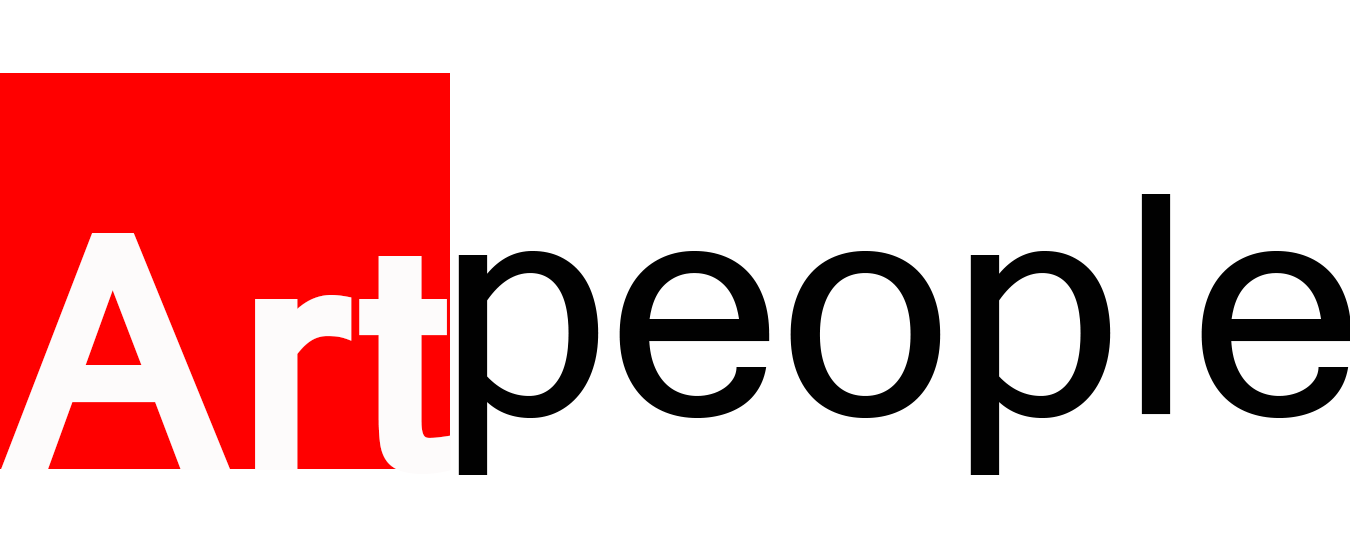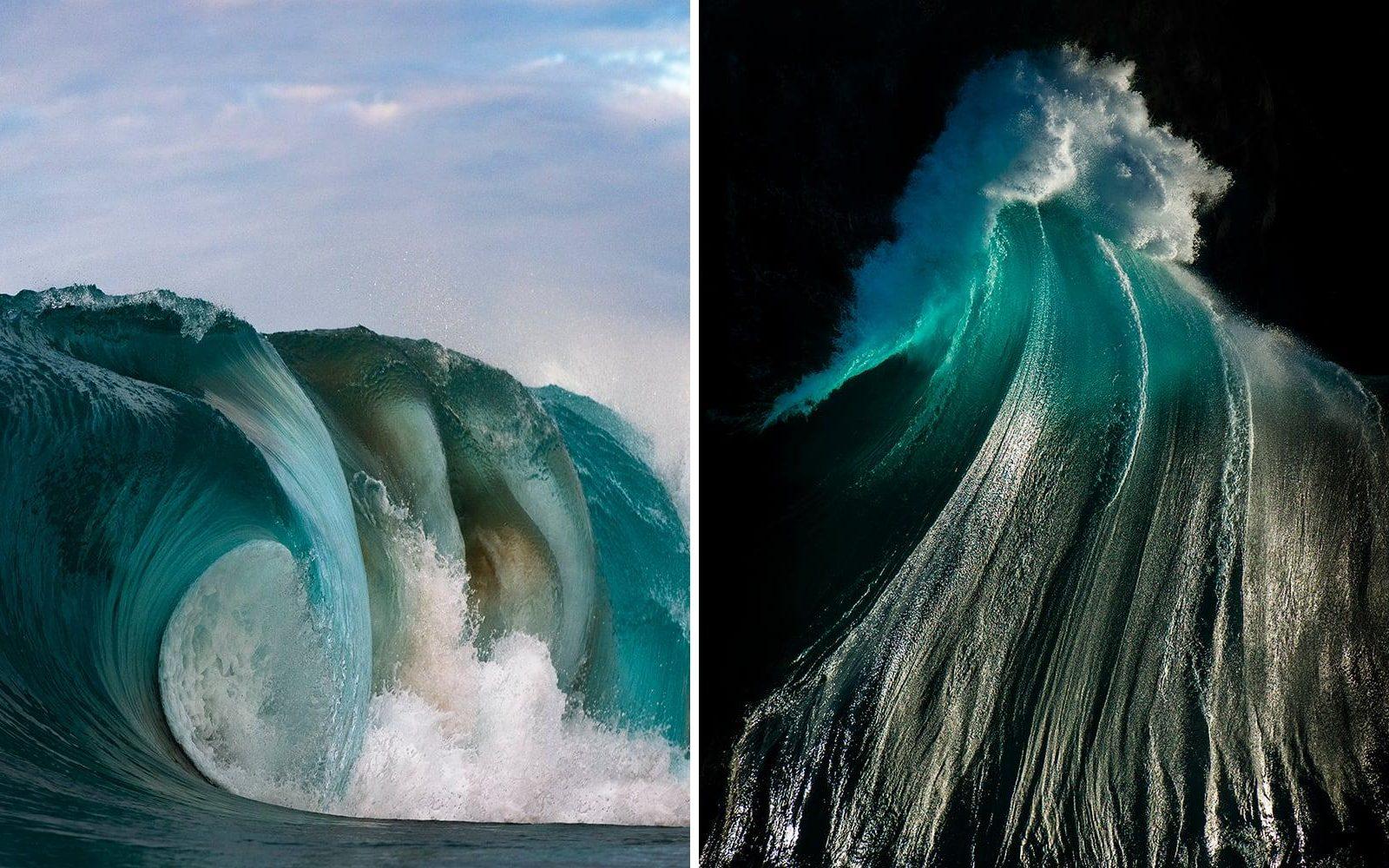Why Your Art Isn’t Selling & How to Fix It.
Art That Sells: Ditching the Guesswork
The art market is a maze. Asking what kind of art sells best is like asking what kind of music is most popular—the answer is rarely simple. Are we talking about original paintings, sculptures, digital art, or prints? The category alone can completely change the answer, and countless other factors are at play.
However, understanding what’s currently selling isn’t about giving up your artistic integrity. It’s about being strategic. Knowing what resonates with buyers can be a powerful tool, helping you to better position your work and market it effectively.
So, let’s stop guessing and start looking at the data. What art is really making a splash right now, and how can you use that knowledge to your advantage?
Why You Should Care What Art Sells
Knowing what kind of art sells isn’t about selling out—it’s about getting smart. Understanding market trends, like what’s popular in wholesale home decor, can be a massive advantage. If your goal is to have your work featured in high-end stores or catalogs, this information is essential.
It’s all about gaining control. When you understand the factors that drive purchasing decisions—from color palettes to design requirements—you’re better equipped to make informed choices about your art career. This knowledge can also lead to unexpected opportunities.
By staying curious and paying attention to the business side of art, you become more innovative and efficient. It helps you get your work in front of the right people, and it can open doors you never knew existed.

The Savvy Artist: Using Market Trends to Your Advantage
Knowing what sells isn’t just for galleries and dealers—it’s for you, too. Understanding the market, from broad categories like landscapes to niche genres like steampunk, helps you create art that attracts collectors without compromising your vision. When you know what people are buying, you can make smarter decisions about your work, and your art becomes more visible and valuable in the process.
This knowledge also allows you to be more strategic about your career. You can choose which pieces to showcase at an exhibition, how to price your work competitively, and how to craft a compelling story around each piece. When you’re informed, you’re empowered.
What’s Really Selling and Where to Find It
The art market is constantly shifting, but some categories consistently perform well. Here’s what you need to know, along with resources to help you dig deeper.
Perennial Bestsellers:
- Landscapes: Especially those with dramatic lighting or local scenery.
- Florals: Both realistic and abstract interpretations.
- Pet Portraits: Custom commissions and stylized animal artwork.
- Contemporary Abstract Art: Particularly large-scale pieces.
- Seascapes: Beach and coastal scenes are always popular.
Where to Research Trends:
- Top Online Retailers: Websites like Art.com, iCanvas, and Etsy publish lists of their best-selling items. This gives you a direct look at what consumers are buying.
- Wholesale Marketplaces: Lieberman’s best-selling wholesale prints provide a different perspective, showing what retailers are stocking.
- Social Media: Social platforms are a goldmine for market intelligence.
- Instagram: Follow gallery accounts and track hashtags like #artforsale and #soldart to see what’s moving.
- Pinterest: Study interior design boards to see how art is being used and which styles are trending.
- TikTok: Track viral art content and follow collector reaction videos to spot emerging trends and preferences.
Pricing and Your Pocket of People
To price your work effectively, it helps to know what similar art is selling for.
- Entry-Level Art ($50-$500): This is the sweet spot for small original works, open edition prints, and digital downloads.
- Collector-Favorite Range ($500-$2,000): This category includes medium-sized paintings and limited edition prints.
- Gallery-Level Art ($2,000-$10,000+): Large abstract paintings, major sculptural works, and significant landscapes often fall in this range.
While trends are important, they shouldn’t dictate your entire creative process. Find your “Pocket of People” (POP)—a small, loyal group of buyers who connect with your unique style. Authenticity is a powerful asset. By staying true to your vision, you can build a sustainable business while making art you’re passionate about.
Your Art Career: It’s All About Connection
You don’t need to appeal to everyone to build a successful art career. In fact, it’s a mistake to try. The secret to success isn’t about chasing market trends. It’s about making a body of work that resonates with a specific group of people. Then, connect with them directly.
Think of it this way: your career hinges on two simple things:
- Finding people who are drawn to your art.
- Communicating with them on a regular basis.
Selling art is a deeply personal process. Your work is a reflection of you, and for your buyers, it becomes a personal part of their lives. When you focus on building genuine relationships with your collectors, you gain more than just a sale. You build trust. You foster lasting connections. This creates a loyal group of supporters who will champion your work for years to come. This is far more valuable—and profitable—than simply knowing what’s a “bestseller” on some list.
Artpeople has a variety of advertising options available including banner advertising and weekly sponsored posts. If you’re interested, please contact MEAMAR meamarali@gmail.com





You must be logged in to post a comment.